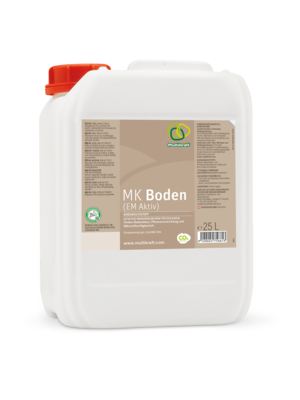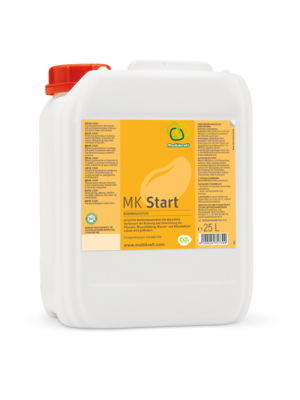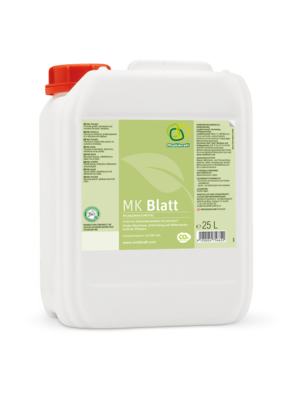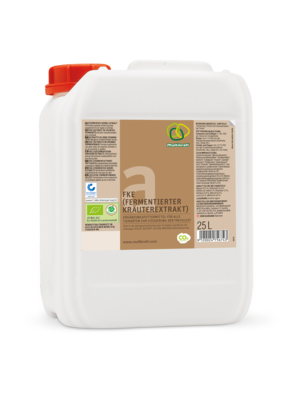
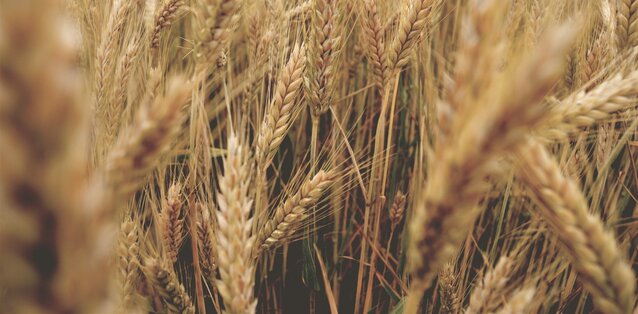
Multikraft technology
in the field and in the barn
More added value, kind to the environment
Multikraft technology has proven its worth in both organic and conventional agriculture. It creates an ideal soil environment and an active soil life. In addition, it prevents rotting in the soil, breaks down crop residues more quickly and actively promotes the formation of humus. It also supports the germination process and accelerates the growth of seedlings and young plants.
Multikraft products also have useful functions in barns and stables. They prevent rotting processes and noticeably improve the atmosphere inside the buildings. They also remove the food sources for flies and reduce unpleasant odours. When used as natural feed supplements, they play an important role in promoting animal health and well-being.

Studies
The results are impressive!
The positive effects of Multikraft products have been demonstrated by many scientific studies covering areas such as wine-growing, the cultivation of potatoes, winter wheat and onions, as well as pig, cattle and poultry farming.




